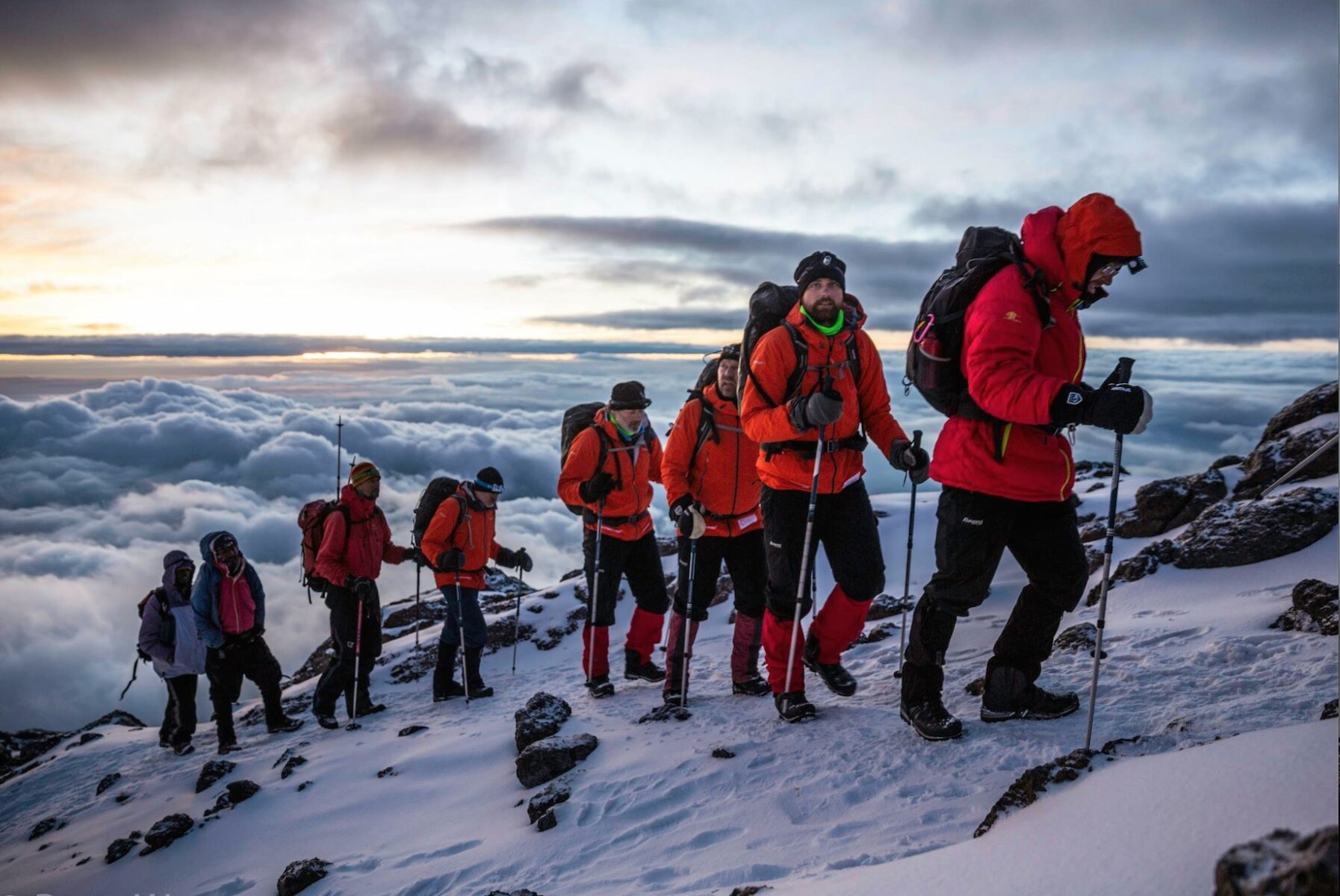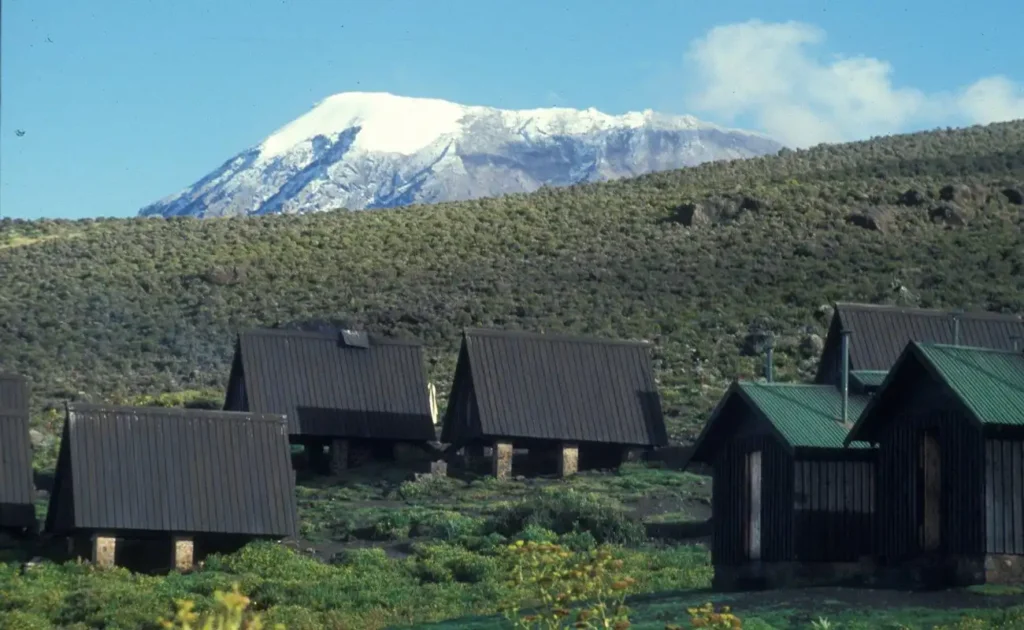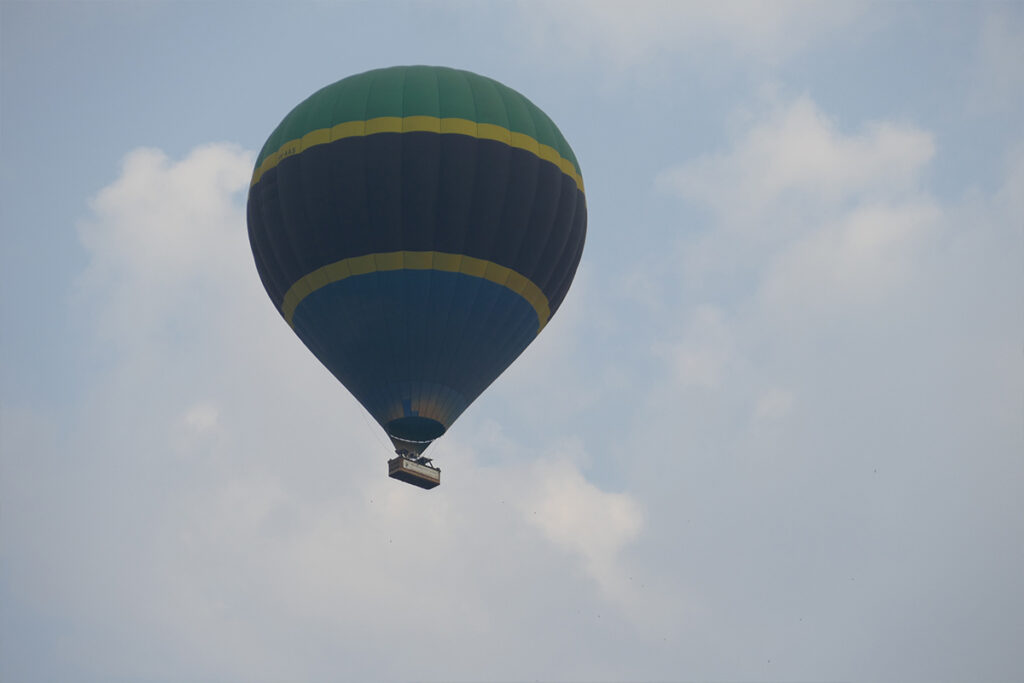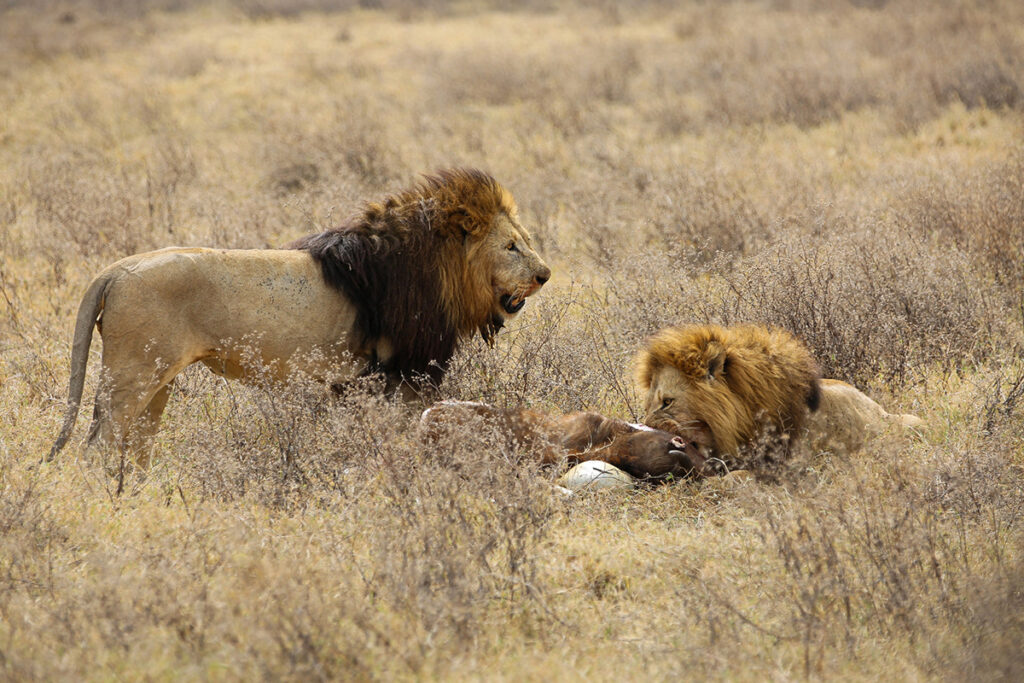Have you ever contemplated reaching the summit of Africa’s tallest mountain, only to be rewarded with a breathtaking safari on the same journey? The dual adventure of climbing Mount Kilimanjaro followed by an exhilarating safari is not simply an adventure; it’s a fusion of physical challenge and wildlife immersion. Such an experience offers a holistic approach to discovering Tanzania’s natural wonders.
Mount Kilimanjaro, standing at 19,341 feet, has been a beacon for adventurers since its first recorded climb in 1889. Completing this climb is a testament to human endurance and determination, echoed by intriguing statistics: only about 65% of climbers successfully reach the summit. Post-climb, a safari in the Serengeti or Ngorongoro Crater offers a rich contrast, where explorers can witness the iconic Big Five in their natural habitat.

Kilimanjaro Climb & Safari: Adventure of a Lifetime
Climbing Mount Kilimanjaro is on many adventurers’ bucket lists. Standing as the tallest free-standing mountain in the world, it offers breathtaking views from its snow-covered peak. The climb is challenging but doable for many with good preparation. You’ll trek through different climate zones, from rainforest to arctic. Each step taken is a step closer to an unforgettable achievement.
Once the climb concludes, the adventure isn’t over. A safari awaits, offering a window into Tanzania’s rich wildlife. Imagine seeing elephants, lions, and zebras in their natural habitat. This thrilling experience complements the serenity of Kilimanjaro’s peak. Exploring the Serengeti or Ngorongoro Crater brings a mix of excitement and awe.
Here are some essentials to enhance this adventure. Packing properly is vital: consider layering clothing for varying temperatures. Stay hydrated, as both the climb and safari can be demanding. Hire experienced guides for the trek and safari to ensure safety and insights. Also, carry a camera for capturing the stunning landscapes and wildlife. These tips can make the journey more enjoyable.
Engaging in the Kilimanjaro climb followed by a safari creates unique memories. It combines physical challenge with the thrill of the wild. Each facet of the trip offers something to be cherished. This adventure inspires both a sense of accomplishment and connection with nature. It’s more than a trip; it’s a transformation.
Embracing the Challenge of Mount Kilimanjaro
Taking on Mount Kilimanjaro is an adventure that requires courage and preparation. Many climbers face the unknown as they start their journey up this majestic peak. The mountain offers diverse environments, from lush forests to icy tundra. As the air gets thinner, climbers need to rely on their stamina and determination. Every climber must remember to acclimatize properly to prevent altitude sickness.
Training before the climb is essential. A good exercise routine can include activities like hiking, cycling, or gym workouts. Building endurance helps manage the long treks and steep inclines. It’s wise to start training several months in advance. Being physically ready makes the climb more enjoyable and less exhausting.
Proper equipment is key to a successful climb. Good hiking boots that provide support and comfort are a must. Packing the right gear protects against Kilimanjaro’s changing climates. Essentials include a warm sleeping bag, waterproof clothing, and sun protection. Organized packing can make a huge difference in comfort on the mountain.
This journey isn’t just about reaching the summit; it’s about personal growth. Climbers often discover newfound resilience and confidence. The experience teaches lessons in patience and perseverance. Friendships are forged on the trails, as everyone supports each other to reach their goal. Embracing this challenge can leave lasting, positive impacts on one’s life.
The Safari: Wild Encounters After the Climb
After the challenging climb up Mount Kilimanjaro, a safari offers a thrilling change of pace. This adventure takes you to Tanzania’s famous national parks. The Serengeti and Ngorongoro Crater are among the most popular destinations. Here, vast landscapes teem with wildlife, providing the perfect backdrop for spotting the Big Five. Each day presents new surprises and unforgettable moments.
On these safaris, travelers encounter unique animals in their natural habitats. You might see lions lounging under trees or elephants marching across open plains. Witnessing a cheetah sprint after its prey is both exhilarating and humbling. Guides enhance the experience, sharing knowledge about the creatures and their ecosystem. It’s an educational adventure wrapped in excitement.
Safaris can vary depending on your interests and time. Options range from half-day tours to extended multi-day journeys.
- Short trips are great for those with limited time.
- Longer safaris allow deeper exploration of the wilderness.
- Night safaris reveal a different side of the animal kingdom.
Each choice offers a unique perspective on Africa’s wildlife.
This part of the journey also offers a chance to relax and soak in Africa’s beauty. After conquering Kilimanjaro’s heights, the sweeping plains provide a calm, yet awe-inspiring setting. This stage of your trip crafts memories of majestic landscapes and wildlife encounters. The contrast between the climb and safari shows Africa’s diverse natural wonders. It’s a beautiful continuation of the adventure.
Essential Tips for Planning Kilimanjaro Climb & Safari Adventure
Starting with choosing the right time is crucial. The best season for both climbing and safari is generally from June to October. During these months, the weather is stable, offering clear skies and optimal wildlife viewing. However, expect more travelers during these peak times. This balance between weather and crowd size helps ensure a rewarding experience.
Next, having the proper gear for Kilimanjaro is vital. Packing should include layered clothing, sturdy boots, and a warm hat for the summit. Don’t forget items like sunscreen, sunglasses, and a reliable water bottle. Each piece of equipment will contribute to comfort and safety on the climb. Preparation makes a significant difference.
For the safari, knowing what to pack is also important. Binoculars and a camera are essential for spotting and capturing wildlife moments. Lightweight, neutral-colored clothing blends better with the environment. A small daypack is good for carrying snacks and a water bottle. These items enhance the safari experience by helping capture the adventure.
Physical fitness is key for tackling Mount Kilimanjaro. Building strength through regular exercise prepares the body for the climb’s demands. Hiking local trails can be great practice. It’s equally important to learn about altitude sickness. Being fit helps reduce risks and makes the climb more enjoyable.
Lastly, local guides play an important role in both climbing and safaris. They offer experience, knowledge, and ensure safety during the adventure. Researching reputable tour companies well in advance is wise. With their expertise, both the climb and safari become more informative and enjoyable. This enriches the entire adventure.
The Rewarding Impact of Kilimanjaro Climb & Safari Trip
The experience of climbing Mount Kilimanjaro changes everyone who undertakes it. Reaching the summit fills adventurers with a sense of accomplishment. This personal victory can boost confidence in tackling everyday challenges. Beyond the physical achievement, it also opens eyes to the beauty of nature’s peaks. These moments stay etched in memory for a lifetime.
The safari portion of the trip also leaves a significant impact. Seeing wildlife in their natural habitat is both thrilling and educational. It offers rare opportunities to observe animals like lions and rhinos up close. This close interaction fosters a deeper appreciation for conservation efforts. Tourists often leave with a stronger commitment to protecting these environments.
The journey also spreads benefits to local communities. Tourism generates income that supports local economies and provides jobs.
- Tour guides and porters gain income from the influx of visitors.
- Local artisans sell crafts and unique souvenirs to travelers.
- Hotels and restaurants benefit from increased patronage.
This creates a positive ripple effect in the region.
The emotional rewards are just as valuable. Many travelers form lasting friendships during the trip. Shared experiences of the climb and safari foster bonds between people from different backgrounds. These connections often continue long after the adventure ends. The journey becomes not just a trip but a shared story of growth and friendship.
Key Takeaways
- Climbing Kilimanjaro challenges your physical strength and mental toughness.
- The climb introduces you to stunning, diverse natural environments.
- A safari following the climb highlights Africa’s incredible wildlife.
- This adventure supports local communities through tourism revenue.
- Shared experiences foster lasting friendships among adventurous travelers.



